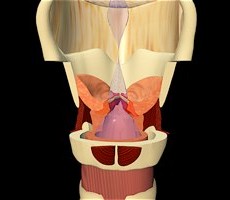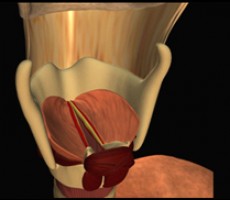


|
A multi sensory environment enhances learningHere are a few notes from Brain Rules by neuroscientist John Medina about learning in multi sensory environments such as the ones we offer for diction, vocal pedagogy, voice class, and speech and hearing professors. Knowing that the brain cuts its developmental teeth in an overwhelmingly multi sensory environment, you might hypothesize that its learning abilities are increasingly optimized the more multi sensory the situation is. You might further hypothesize that the opposite is true: Learning is less effective in an unisensory situation. That is exactly what you find. Cognitive psychologist Richard Mayer probably has done more than anybody else to explore the link between multimedia exposure and learning. He sports a 10-megawatt smile, and his head looks exactly like an egg (albeit a very clever egg). His experiments are just as smooth: He divides the room into three groups. One groups gets information delivered via one sense (say, hearing), another the same information from another sense (say, sight), and the third group the same information delivered as a combination of the first two senses. The groups in the multi sensory environments always do better than the groups in the unisensory environments. Their recall is more accurate, more detailed, and longer lasting—evident even 20 years later. Problem-solving ability improves, too. In one study, the group given multi sensory presentations generated more than 50 percent more creative solutions on the problem-solving tests than students sho saw unisensory presentations. In another study, the improvement was more than 75 percent! Multi sensory presentations are the way to go. (page 171) . . . Over the decades, Mayer has isolated a number of rules for multimedia presentations, linking what we know about working memory with his own empirical finds on how multimedia exposure effects human learning. Here are five of them, as he summarized in his book Multimedia Learning, useful for anyone giving a lecture, teaching a class, or creating a business presentation. Multimedia principle: Students learn better from words and pictures than from words alone. Temporal contiguity principle: Students learn better when corresponding words and pictures are presented simultaneously rather than successively. Spatial contiguity principle: Students learn better when corresponding words and pictures are presented near to each other rather than far from each other on the page or screen. (page 175) . . . Brain Rules by neuroscientist John Medina |
Diction For Singers

Welcome to Diction For Singers!
